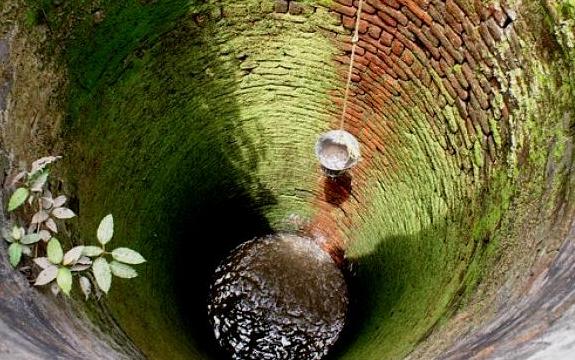Bhubaneswar: Fifty-two blocks in Odisha districts have been facing acute shortage of water owing to constant depletion of ground water levels and six of them are said to be in ‘semi-critical’ condition.
However, the precarious condition was reflected in a comprehensive report recently submitted by Central Ground Water Board (CGWB).
The report mentioned that the six ‘semi-critical’ blocks include Korei of Jajpur, Nuapada and Bahanaga of Balasore, Garadpur of Kendrapara and Bhubaneswar and Bolagarh of Khurda districts, respectively.
According to an official source, the water bodies have already started drying up with mercury rising in several places across the state. The situation would still worsen during April and May this year. The ground water levels are going down due to the absence of adequate rain.
Also read: Cameraman murder case: ‘Sampurna’ web channel office sealed
Since November last year, the ground water levels of 45 per cent of the wells have depleted across the state. There have been continuous depletions in as many as 517 wells in between 2011 and 2020.
Ground water level in about 2.6 per cent of the wells in the state has increased marginally and it has gone down in 2.6 per cent. With regard to the recharging of ground water the position of Odisha in the country stands at 11. In between August to March, the ground water levels substantially deplete every year, the CGWB report stated.
An official in state Water Resources department said that the ground water levels go down in between August to March by two to four metres in 15 districts of the state, which are: Angul, Bolangir, Bargarh, Cuttack, Dhenkanal, Gajapati, Ganjam, Jajpur, Koraput, Mayurbhanj, Subarnapur, Kandhamal, Khurda, Nayagarh and Sundargarh.
About 262 blocks in different districts are in little better condition.
The source added saying that 70 to 80 per cent of ground water are used up for different purposes (domestic, agricultural and industrial) in the districts like Jajpur, Balasore, Kendrapara and Khurda as well.
Conditions in 27 urban areas in the state are also not satisfactory. The urban areas are: Angul, Talcher, Bhubaneswar, Khurda, Puri, Cuttack, Aska, Berhampur, Sambalpur, Rourkela, Bargarh, Padmapur, Barpali, Kendrapara, Pattamundai, Jharsuguda, Joda, Baripada, Nabarangpur, Bolangir, Nayagarh, Dhenkanal, Hinjili, Titilagarh, Tarabha, Sonepur and Digapahandi. The depleting ground water level would reach an alarming stage in next three to four years in Bhubaneswar City.
The report has also alerted that 46 blocks in different districts of the state would reach the ‘critical’ stage if due precaution is not taken.
Few places located along the coastal belt do have saline water.
When contacted, Joint Director of State Ground Water Board (SGWB) Dipak Kar said, “We are giving priority to the conservation of ground water. Artificial methods have been adopted for the purpose in as many as 300 places across the state. Odisha Water Act, 2022 is to be implemented soon after state government approval, which will impose restrictions on unregulated use of the ground water. As per provisions envisaged in the Act, wrongdoers will be accordingly penalised.”
Notably, nearly 40 per cent of the available ground water across the state is being provided by Public Health Engineering Department (PHED) to people residing in the urban areas for their domestic use including drinking purposes. Apart from the above, many residents have also been lifting the ground water through own borewells.
PNN
